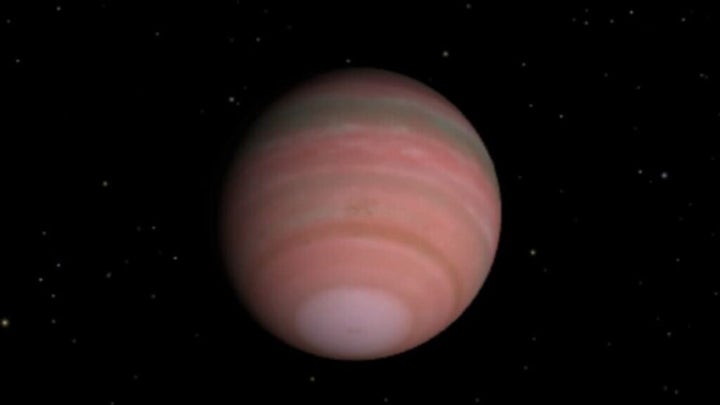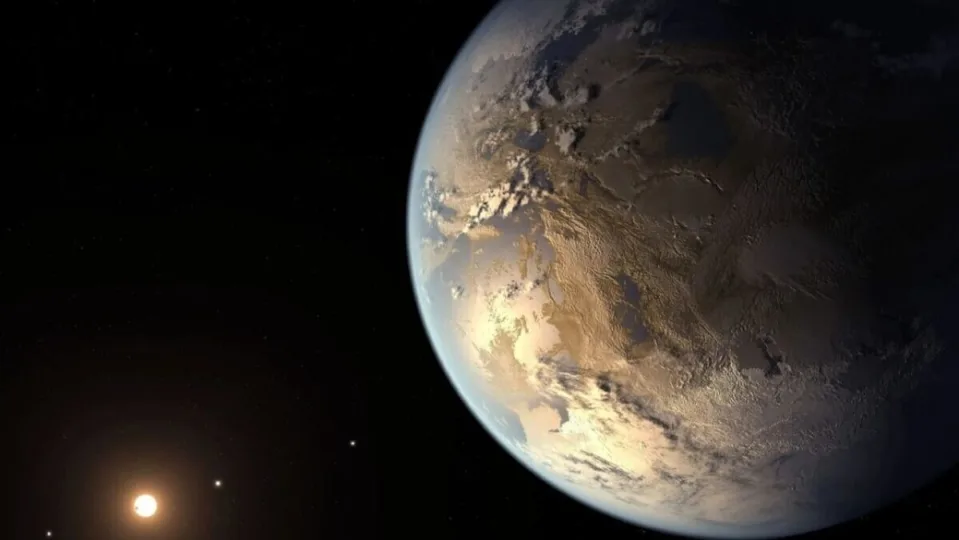NASA gives us some powerful headlines every week. And we can’t do anything else but thank them for it. The world’s most important space agency has discovered something we’ve never observed before… it’s not a trivial matter.
Using the powerful Very Large Telescope facility atop the Chilean desert, scientists have captured a super-sharp image of a stellar system.
This system, named HIP 81208, features a massive central star orbited by another star called a brown dwarf (a much smaller “failed star”).

In addition, another small star orbits much farther out, and researchers have just identified a “hidden gem never seen before” revolving around it. This is a planet with a mass 15 times greater than that of Jupiter: “HIP 81208 Cb.”
“The discovery of Cb means that HIP 81208 is a uniquely intriguing system with two stars and two smaller bodies orbiting each one – in other words, a hierarchical quadruple system,” explained the European Southern Observatory, a collaborative scientific organization of European nations.
“The mass of the newly discovered object Cb places it right on the border between planets and brown dwarfs, failed stars that are not massive and hot enough to fuse hydrogen into helium.”
In the lower image, “A” is the massive central star, orbited by the brown dwarf, “B.” On the outskirts of this system is the star “C,” along with the newly discovered exoplanet (a planet that exists beyond our solar system), “Cb.”
Often, exoplanets are so distant, relatively small, and difficult to see that astronomers don’t capture actual images of them.
Therefore, astronomers often rely on techniques such as the transit method, in which a distant world passes in front of its star, causing a temporary decrease in starlight.
However, the Very Large Telescope observatory, which houses telescopes with mirrors almost 8 meters in diameter, can capture direct images, albeit with low resolution.
Beyond Earth, humanity’s most powerful space observatory, the James Webb Space Telescope, dedicates approximately a quarter of its time to observing the atmospheres of distant exoplanets, providing an unprecedented view of these distant worlds.
Some of these planets are scorching and inhospitable, but others could be watery worlds, potentially hosting conditions that could support the flourishing of extraterrestrial life, although there is still no evidence of life beyond our planet.


